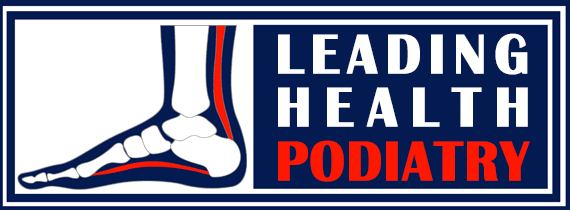Anterior Knee pain
What is Anterior Knee Pain?
Anterior knee pain refers to discomfort or pain located at the front of the knee, often around or behind the kneecap (patella). This condition is commonly associated with patellofemoral pain syndrome (PFPS) and is frequently referred to as “runner’s knee” due to its prevalence among runners. However, you don’t have to be a runner to experience anterior knee pain – anyone can be affected by this issue.

What Causes Anterior Knee Pain & Who Is At Risk?
Anterior knee pain is a general term for discomfort at the front of the knee and is often caused by the kneecap’s improper movement along the femur’s groove. When the kneecap doesn’t glide smoothly, it may rub against the underlying bone, leading to cartilage damage. This can result from a variety of causes, including overuse, injury, muscle imbalances, and joint abnormalities.
Some common causes include:
- Overuse or repetitive strain: Activities that involve bending and straightening the knee, such as running, squatting, or jumping.
- Increased activity intensity: Overdoing exercise or increasing the frequency, duration, and intensity too quickly.
- Poor lower limb alignment: Issues like flat feet (pronation) can cause the kneecap to misalign and track improperly.
- Muscle imbalance: Weakness or tightness, especially in the quadriceps or iliotibial band (ITB), can pull the kneecap out of place.
- Genetic factors: Bone structure or hypermobility may contribute to increased knee joint motion.
Women are at a higher risk of developing anterior knee pain, with other risk factors including previous knee injuries, poor footwear, or improper training practices.
Signs & Symptoms of Anterior Knee Pain
Anterior knee pain typically develops gradually, especially with continued exercise or activities that stress the knee. Symptoms may include:
- Pain in the front of the knee, around or below the kneecap.
- Pain ranging from dull and mild to sharp and shooting.
- Stiffness and possible grinding sensations when bending or straightening the knee.
- Pain when sitting with the knee bent for extended periods.
If you experience these symptoms, it’s important to seek an accurate diagnosis and timely treatment.
Treating & Preventing Anterior Knee Pain
At Leading Health Podiatry, our expert podiatrists are well-equipped to diagnose and treat anterior knee pain, including patellofemoral pain syndrome (PFPS). After a thorough assessment, we’ll determine the underlying cause of your knee pain and tailor a treatment plan to address it effectively.
Treatment strategies may include:
- Custom foot orthotics: To correct any biomechanical issues or misalignments that may be contributing to the pain.
- Training modifications: Adjusting your exercise schedule or activity level to avoid strain on the knee.
- Strengthening and stretching exercises: To target muscle imbalances, including weakness and tightness in the quadriceps and IT band.
- Footwear assessment: Ensuring your shoes provide proper support for your feet and legs.
- Bracing or strapping: Offering temporary relief and extra support to reduce knee strain.
- Gait retraining: Improving walking and running mechanics to protect the knee joint.
Prevent Recurrence of Anterior Knee Pain
Our goal is to not only relieve your current symptoms but also prevent future episodes of anterior knee pain. By addressing the root causes of the condition and implementing a personalized treatment plan, we aim to get you back to your active lifestyle without the pain holding you back.
Contact Leading Health Podiatry Today
If you’re experiencing anterior knee pain or other knee-related issues, our experienced team at Leading Health Podiatry is here to help. Get in touch with us today for a consultation and take the first step toward a pain-free life.
